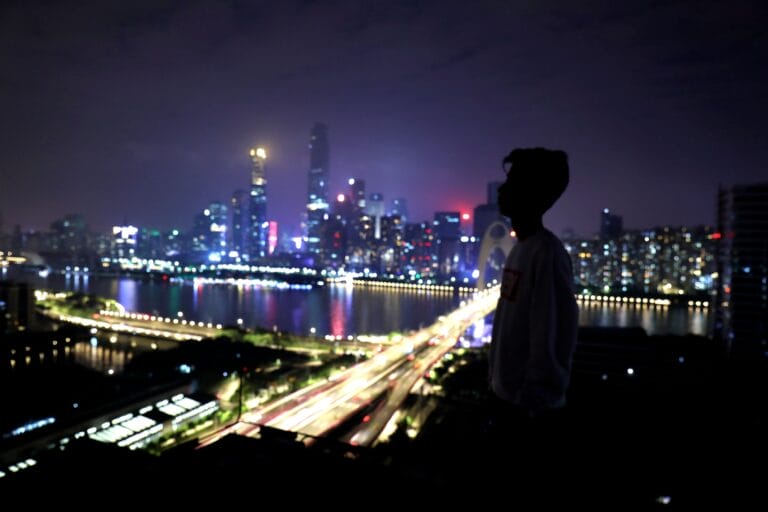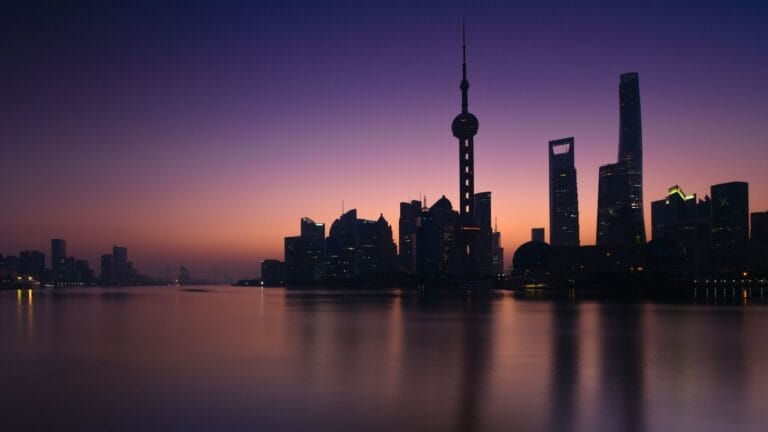Editor’s note: The city of Wuhan is in central China, and was first evangelized by missionaries in the 1800s as the city opened to foreign trade with the treaties of the Opium War.
China Partnership: What is special about Wuhan’s evangelical history?
One of the Earliest Treaty Ports
Xu Yao: Before the Republic of China [was established in 1912], during the Qing Dynasty, evangelicalism did not have a significant influence in Wuhan. China Inland Mission sent missionaries to Hubei [the province of which Wuhan is the capital], but their efforts were not as extensive as in surrounding areas like Hunan, where there was more evangelism.
Wuhan was one of the earliest treaty ports, and was opened [in 1858] along the Yangtze River during the Qing Dynasty.
As for me, I believe we need to work harder to spread the gospel and bring more people to the Lord.
Pastor Yan: Wuhan was one of the earliest treaty ports, and was opened [in 1858] along the Yangtze River during the Qing Dynasty. The Hankou area still has some well-preserved areas from the former concessions.
Many hospitals and schools in Wuhan were established by missionaries or with missionary assistance. Wuhan’s oldest hospital – formerly Pu’ai Hospital, but now known as Wuhan Fourth Hospital – was founded around 1860, by a missionary who also built a church there. That church is now an official church [i.e. is registered with the Three-Self Patriotic Movement]. The hospital started as a clinic affiliated with that church. Union Hospital is one of the largest hospitals in Wuhan and is also one of the top ten hospitals in China, and it was also founded by missionaries. Many elementary and middle and high schools were also established by missionaries, or with missionary support. So, Wuhan has a very rich gospel heritage.
Right now, our church is working with another church on a project to gather information about the history of Wuhan, and to create a tour of these missionary sites.
Right now, our church is working with another church on a project to gather information about the history of Wuhan, and to create a tour of these missionary sites. Externally, we are calling this a “cultural tour.” Internally, we refer to it as a “faith journey.”
Missionary Traces Left Behind
Pastor Fan: Missionaries left behind many traces of their work, but we haven’t systematically organized or explored these traces. This is a shortcoming on our part.
As far as I can tell, there are probably less than 500,000 active believers – from the house church or the Three-Self Church – in this large city. Historically, the number hasn’t been very high.
Compared to other parts of the country, the tension in church-state relations is relatively mild. We still do what we can within our social context; house churches are able to survive and even grow.
Never miss a story
Wuhan also has a united pastors’ prayer meeting. It’s not large, and not many churches participate, but we continue to meet and bless the churches involved. Wuhan also has good theological resources. There are trainings going on, and all this is doing quite well. This is a great blessing to the various churches.
There are probably less than 500,000 active believers – from the house church or the Three-Self Church – in this large city. Historically, the number hasn’t been very high.
Pastor Wong: In 1861, Griffith John, a missionary from the London Missionary Society, came to Hankou. He stayed here for more than 50 years, and most of the large hospitals, churches, and schools in Wuhan are related to him. John made outstanding contributions to modern medicine and education in Wuhan.
Xu Yao, Pastor, Yan, Pastor Fan, and Pastor Wong are pseudonyms for Chinese house church pastors in the central China city of Wuhan.
Pray that the gospel will spread in Wuhan and throughout Hubei Province.































